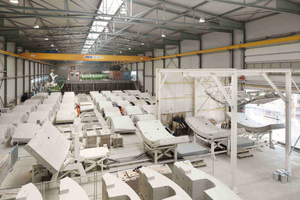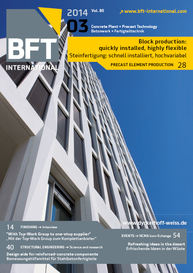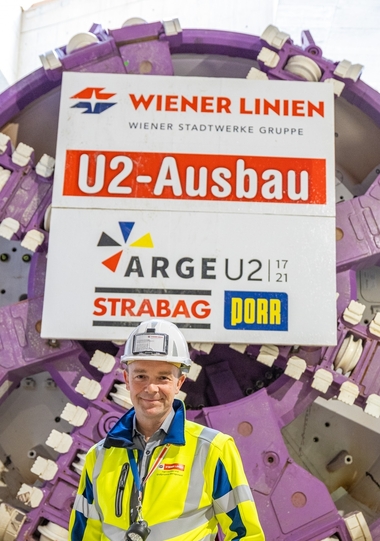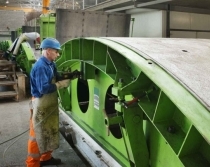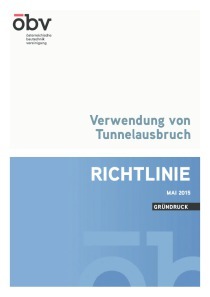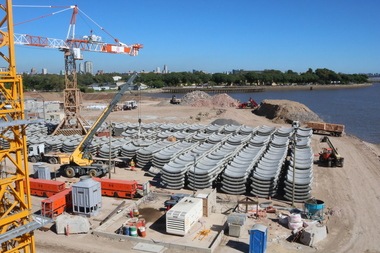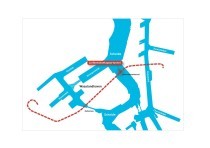Tunnel excavation material used for segment production
For the construction of the 32.9 km long Koralm railway tunnel, the Austrian National Railways (ÖBB) decided to use the excavated materials for upgrading the aggregates to be used in concrete production. The decision was taken for environmental and resource-conserving reasons, because this will result in a reduced consumption of gravel raw materials as well as minimized transport routes and landfill sites.
The Koralm mountain, which predominantly consists of slate and gneiss, is driven by tunnel boring machines accumulating approx. 8 million tons of excavated material. Each machine is furnished...

